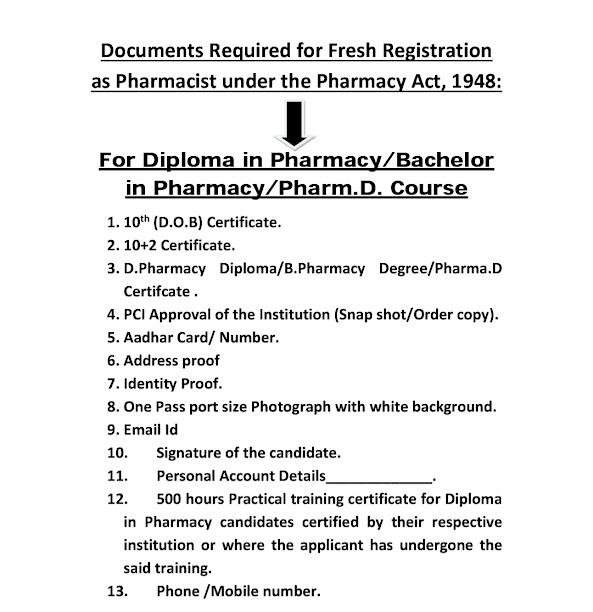Cells divide for many reasons. For example, when you skin your knee, cells divide to replace old, dead, or damaged cells. Cells also divide so living things can grow. When organisms grow, it isn't because cells are getting larger. Organisms grow because cells are dividing to produce more and more cells. In human bodies, nearly two trillion cells divide every day.
Mitosis Cell Division
Mitosis is how somatic—or non-reproductive cells—divide. Somatic cells make up most of your body's tissues and organs, including skin, muscles, lungs, gut, and hair cells. Reproductive cells (like eggs) are not somatic cells.
In mitosis, the important thing to remember is that the daughter cells each have the same chromosomes and DNA as the parent cell. The daughter cells from mitosis are called diploid cells. Diploid cells have two complete sets of chromosomes. Since the daughter cells have exact copies of their parent cell's DNA, no genetic diversity is created through mitosis in normal healthy cells.
Mitosis cell division creates two genetically identical daughter diploid cells. The major steps of mitosis are shown here. (Image by Mysid from Science Primer and National Center for Biotechnology Information)
The Mitosis Cell Cycle
Before a cell starts dividing, it is in the "Interphase." It seems that cells must be constantly dividing (remember there are 2 trillion cell divisions in your body every day), but each cell actually spends most of its time in the interphase. Interphase is the period when a cell is getting ready to divide and start the cell cycle. During this time, cells are gathering nutrients and energy. The parent cell is also making a copy of its DNA to share equally between the two daughter cells.
Table- The mitosis cell cycle includes several phases that result in two new diploid daughter cells. Each phase is highlighted here and shown by light microscopy with fluorescence. Click on the image to learn more about each phase. (Image from OpenStax College with modified work by Mariana Ruiz Villareal, Roy van Heesheen, and the Wadsworth Center.)
The mitosis division process has several steps or phases of the cell cycle—interphase, prophase, prometaphase, metaphase, anaphase, telophase, and cytokinesis—to successfully make the new diploid cells
.
When a cell divides during mitosis, some organelles are divided between the two daughter cells. For example, mitochondria are capable of growing and dividing during the interphase, so the daughter cells each have enough mitochondria. The Golgi apparatus, however, breaks down before mitosis and reassembles in each of the new daughter cells. Many of the specifics about what happens to organelles before, during and after cell division are currently being researched. (You can read more about cell parts and organelles by .)
Meiosis Cell Division
Meiosis is the other main way cells divide. Meiosis is cell division that creates sex cells, like female egg cells or male sperm cells. What is important to remember about meiosis? In meiosis, each new cell contains a unique set of genetic information. After meiosis, the sperm and egg cells can join to create a new organism.
Meiosis is why we have genetic diversity in all sexually reproducing organisms. During meiosis, a small portion of each chromosome breaks off and reattaches to another chromosome. This process is called "crossing over" or "genetic recombination." Genetic recombination is the reason full siblings made from egg and sperm cells from the same two parents can look very different from one another.
The Meiosis Cell Cycle
Meiosis has two cycles of cell division, conveniently called Meiosis I and Meiosis II. Meiosis I halves the number of chromosomes and is also when crossing over happens. Meiosis II halves the amount of genetic information in each chromosome of each cell. The end result is four daughter cells called haploid cells. Haploid cells only have one set of chromosomes - half the number of chromosomes as the parent cell.
Before meiosis I starts, the cell goes through interphase. Just like in mitosis, the parent cell uses this time to prepare for cell division by gathering nutrients and energy and making a copy of its DNA. During the next stages of meiosis, this DNA will be switched around during genetic recombination and then divided between four haploid cells.
By Atul Jaiswal





